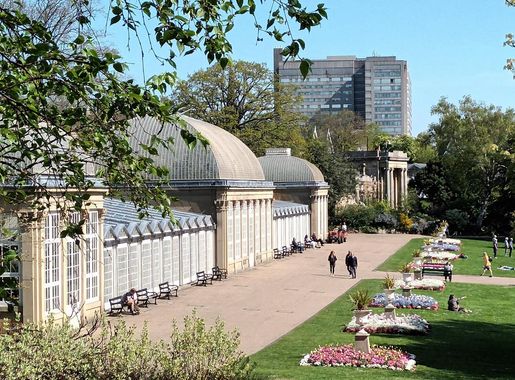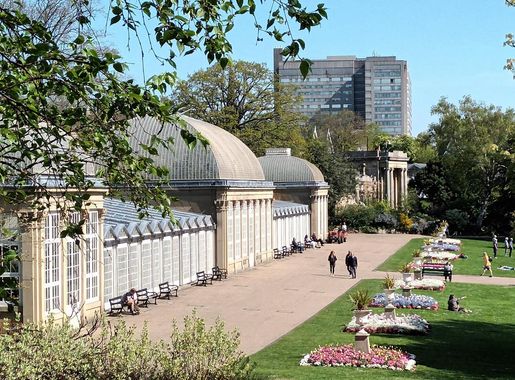
The Verdant Oasis of Sheffield: Botanical Gardens
Discover the picturesque Sheffield Botanical Gardens, a historic 19-acre sanctuary brimming with diverse plant collections, seasonal activities, and serene landscapes.
Nestled in the heart of Sheffield, the Botanical Gardens offer a serene escape from the hustle and bustle of city life. These gardens, established in 1836, span 19 acres and feature a stunning array of plant collections, from exotic tropical species to native British flora. The meticulously landscaped grounds are a testament to both natural beauty and historical significance, making it a must-visit for nature lovers and history buffs alike. Wander through the various sections of the gardens, each offering a unique sensory experience. The Rose Garden is a fragrant paradise, especially in the summer months, while the Glass Pavilions hold a fascinating collection of plants from different climates around the world. Don't miss the Evolution Garden, which tells the story of plant evolution and showcases ancient species still thriving today. The Botanical Gardens are not just about plants; they also feature beautiful sculptures, a quaint bear pit, and a Victorian-style pavilion that often hosts art exhibitions and events. Seasonal activities and workshops are frequently held, making it a lively spot for both relaxation and learning. Whether you're looking to enjoy a quiet stroll, have a family picnic, or delve into horticultural knowledge, the Sheffield Botanical Gardens offer an enriching experience for all ages.
Local tips in Botanical Gardens
- Visit early in the morning or late in the afternoon to avoid crowds and enjoy a peaceful experience.
- Check the events calendar for any special workshops, exhibitions, or guided tours during your visit.
- The gardens are free to enter, but donations are appreciated and help with the upkeep.
- Wear comfortable walking shoes as the gardens are expansive and you'll want to explore every nook.
- Bring a picnic to enjoy in one of the many scenic spots within the gardens.
The Verdant Oasis of Sheffield: Botanical Gardens
Nestled in the heart of Sheffield, the Botanical Gardens offer a serene escape from the hustle and bustle of city life. These gardens, established in 1836, span 19 acres and feature a stunning array of plant collections, from exotic tropical species to native British flora. The meticulously landscaped grounds are a testament to both natural beauty and historical significance, making it a must-visit for nature lovers and history buffs alike. Wander through the various sections of the gardens, each offering a unique sensory experience. The Rose Garden is a fragrant paradise, especially in the summer months, while the Glass Pavilions hold a fascinating collection of plants from different climates around the world. Don't miss the Evolution Garden, which tells the story of plant evolution and showcases ancient species still thriving today. The Botanical Gardens are not just about plants; they also feature beautiful sculptures, a quaint bear pit, and a Victorian-style pavilion that often hosts art exhibitions and events. Seasonal activities and workshops are frequently held, making it a lively spot for both relaxation and learning. Whether you're looking to enjoy a quiet stroll, have a family picnic, or delve into horticultural knowledge, the Sheffield Botanical Gardens offer an enriching experience for all ages.
Iconic landmarks you can’t miss
Botanical Gardens
Explore the enchanting Sheffield Botanical Gardens, a lush sanctuary featuring diverse plant life, historical glasshouses, and serene landscapes perfect for relaxation.
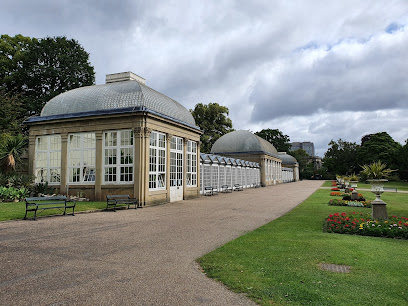
Endcliffe Park
Explore Endcliffe Park, Sheffield's beautiful green space featuring stunning gardens, walking paths, and family-friendly activities in a tranquil setting.
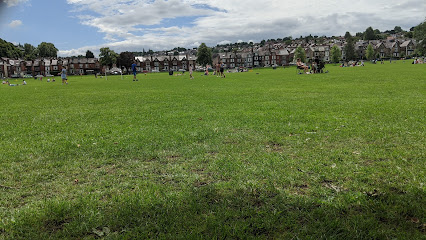
Peace Gardens
Explore the tranquil beauty of Peace Gardens, Sheffield's urban oasis, where lush landscapes and vibrant fountains create a serene escape in the city center.
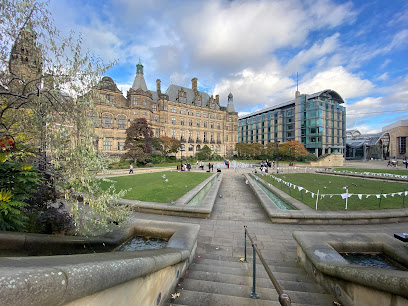
Winter Garden
Discover Sheffield's Winter Garden, a lush urban oasis featuring exotic plants, tranquil paths, and a peaceful retreat in the heart of the city.
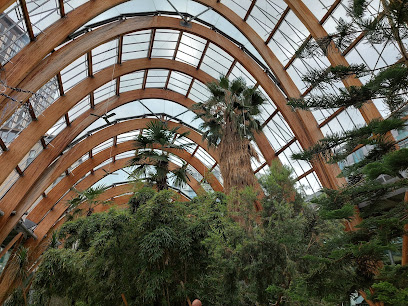
Hillsborough Park Walled Garden
Experience the enchanting beauty of Hillsborough Park Walled Garden in Sheffield, a perfect blend of tranquility and nature's artistry.
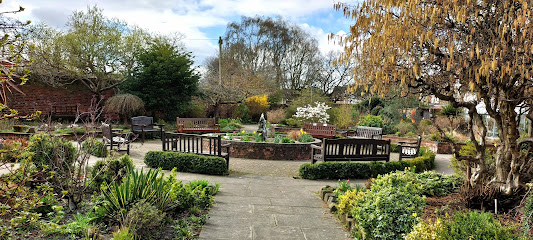
The Glass Pavilions
Explore the serene Glass Pavilions in Sheffield, a botanical garden and greenhouse offering a stunning variety of plant life in a tranquil setting.
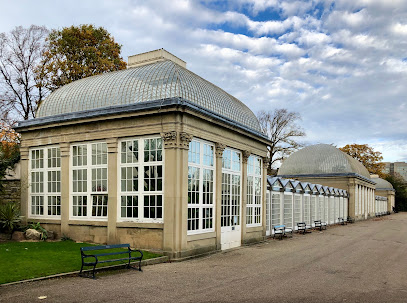
Rose Garden
Discover the serenity and vibrant beauty of the Rose Garden in Sheffield’s Botanical Gardens, a perfect retreat for nature lovers and photography enthusiasts.
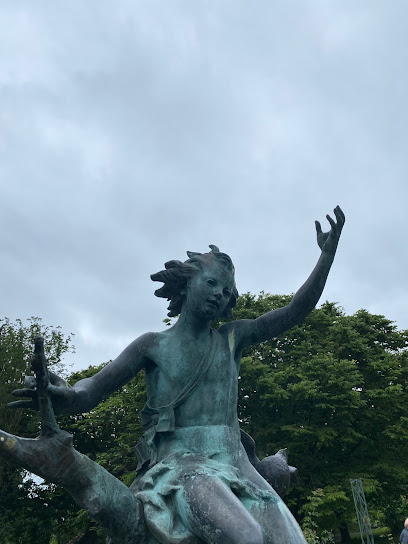
Rock Garden
Explore the enchanting Rock Garden in Sheffield, a serene urban oasis filled with beautiful landscapes and vibrant plant life.
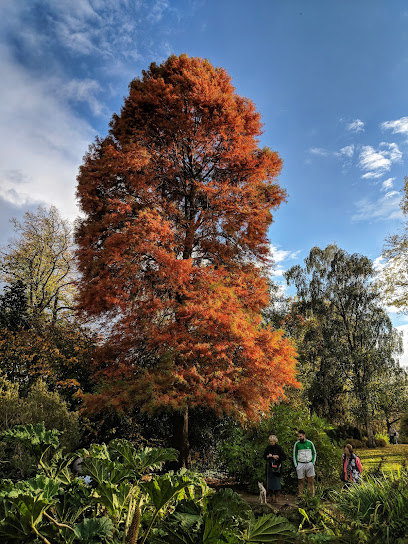
Botanical Gardens Fountain
Discover serenity at the Botanical Gardens Fountain in Sheffield, a picturesque attraction blending nature's beauty with rich history.
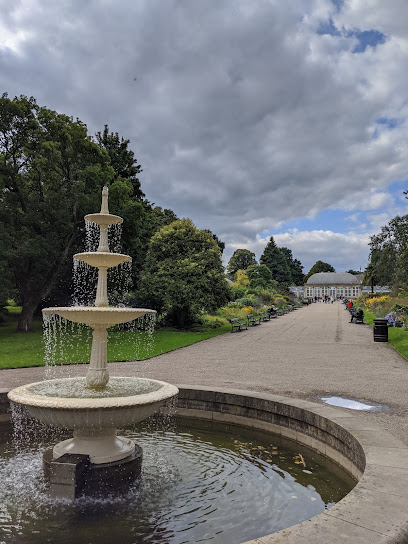
Marnock Garden
Explore Marnock Garden in Sheffield, a serene retreat filled with vibrant flora, perfect for nature lovers and tranquility seekers.
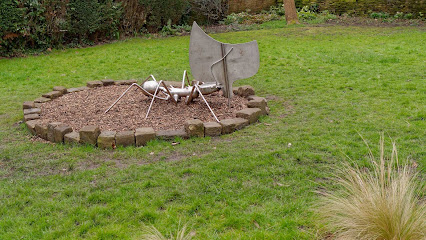
Unmissable attractions to see
Botanical Gardens
Experience the lush beauty and serene ambiance of Sheffield's Botanical Gardens, a perfect escape for nature lovers and tourists alike.
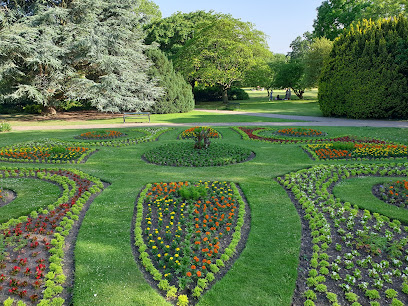
Kelham Island Museum
Explore Sheffield's rich industrial heritage at Kelham Island Museum, featuring engaging exhibits, a cozy café, and a charming gift shop.
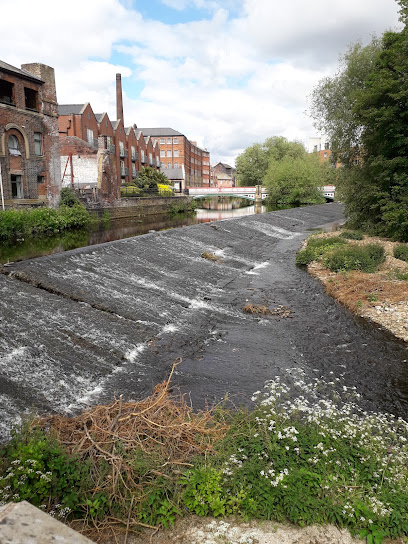
Weston Park
Explore Weston Park, Sheffield's beautiful urban oasis with lush gardens, a serene lake, and cultural treasures awaiting your discovery.
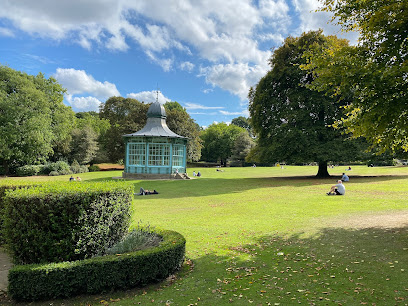
Millennium Gallery
Discover the Millennium Gallery, Sheffield's artistic gem featuring contemporary art and historic treasures in a stunning setting.
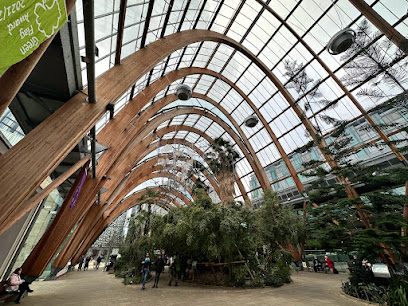
Shepherd Wheel
Explore the rich heritage of Sheffield at Shepherd Wheel, a historic knife-making workshop showcasing traditional craftsmanship and industrial history.
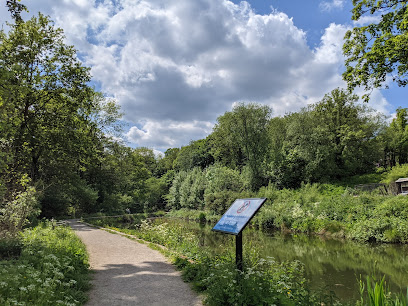
Hillsborough Park Walled Garden
Experience the serene beauty of Hillsborough Park Walled Garden in Sheffield, a perfect retreat for nature lovers and families seeking tranquility.
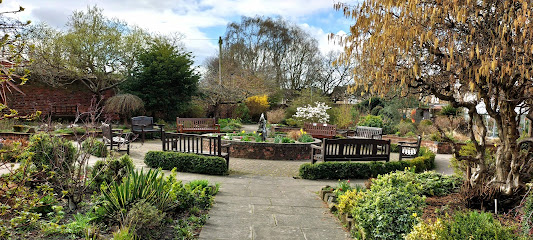
The Glass Pavilions
Explore The Glass Pavilions in Sheffield, a botanical garden filled with exotic plants and serene greenhouse landscapes that captivate every nature enthusiast.

Marnock Garden
Explore the tranquil beauty of Marnock Garden, a serene oasis in Sheffield perfect for relaxation and nature appreciation.
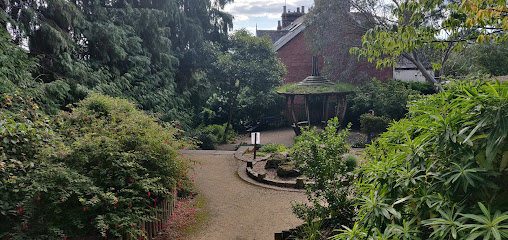
Essential places to dine
Ego Mediterranean Restaurant & Bar, Sheffield
Experience authentic Mediterranean cuisine at Ego Restaurant & Bar in Sheffield - where flavors come alive amidst vibrant surroundings.
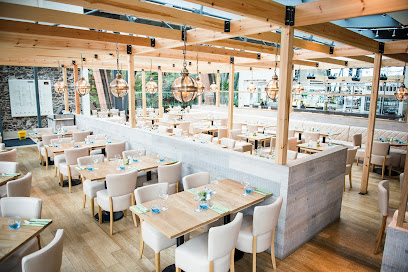
The Botanist Sheffield
Experience delightful British cuisine and craft cocktails at The Botanist Sheffield – where every meal feels like a celebration.
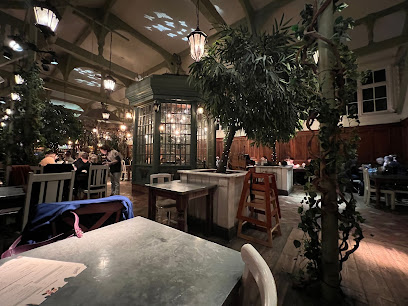
Domo Restaurant
Discover authentic Sardinian flavors at Domo Restaurant in Sheffield – where exquisite cuisine meets vibrant ambiance.
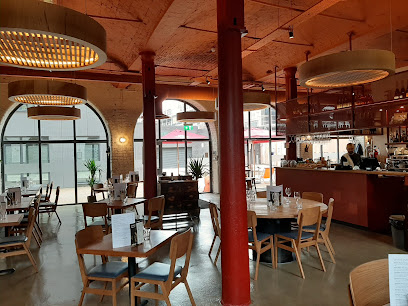
Nonna's Sheffield
Experience authentic Italian flavors at Nonna's Sheffield - where breakfast meets tradition in a cozy atmosphere.
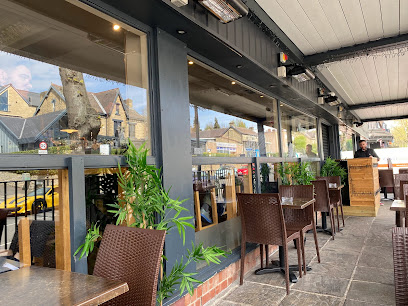
Thyme Café
Experience the heart of Sheffield at Thyme Café - where fresh ingredients meet cozy ambiance for an unforgettable dining experience.
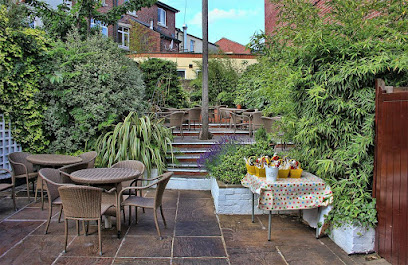
Butcher & Catch
Discover modern British cuisine at Butcher & Catch in Sheffield, where locally sourced ingredients meet contemporary culinary artistry.
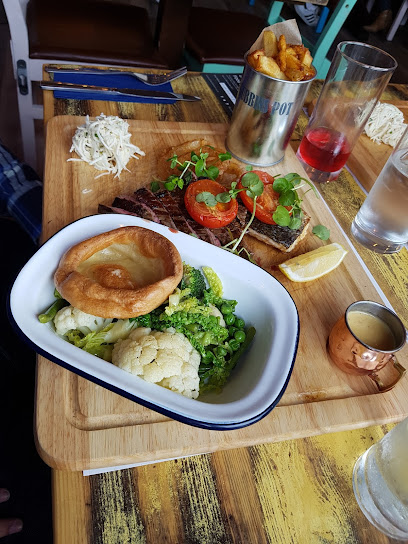
Koko Restaurant
Discover the vibrant world of Pan Asian cuisine at Koko Restaurant in Sheffield - where every bite tells a story.
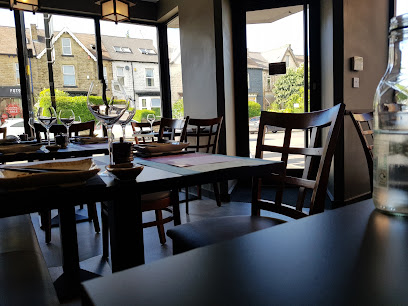
Akentannos
Experience authentic Italian cuisine at Akentannos in Sheffield - where tradition meets taste.
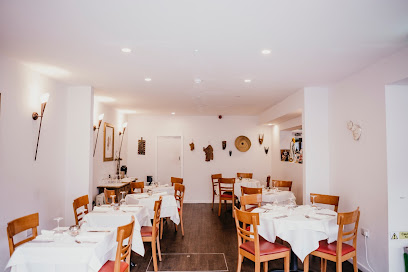
Brocco Kitchen
Discover Brocco Kitchen in Sheffield - A Michelin-plated restaurant offering locally sourced dishes for breakfast, brunch, and lunch.
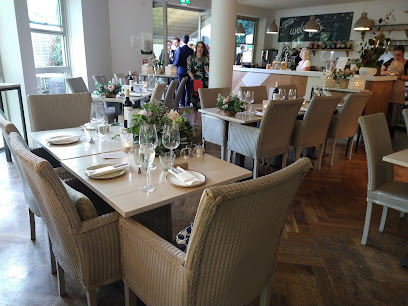
Joni at The Botanical Gardens
Experience delightful dining at Joni in Sheffield's stunning Botanical Gardens with seasonal dishes and serene surroundings.
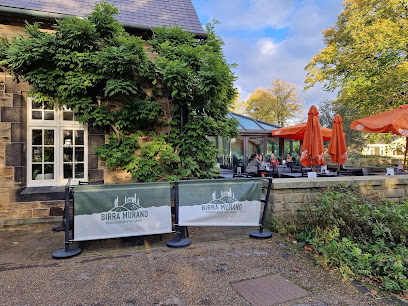
Markets, malls and hidden boutiques
The Alternative Store
Shop unique clothing, hats, and jewelry at The Alternative Store in Sheffield, where individuality meets style in a vibrant atmosphere.
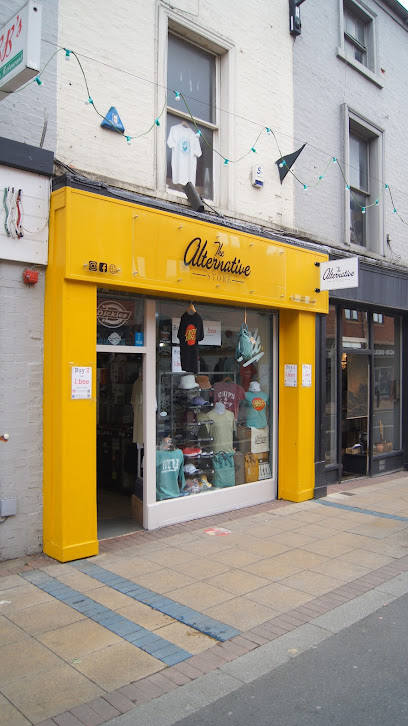
Sheffield Store
Discover stylish clothing at Sheffield Store, where every purchase supports local charities and enhances your shopping experience.

The Famous Sheffield Shop
Uncover unique gifts and exquisite cutlery at The Famous Sheffield Shop - a true gem in Sheffield's vibrant shopping scene.
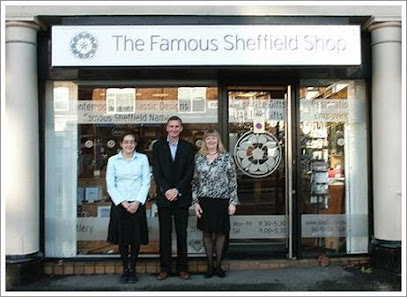
Bird’s Yard Sheffield
Explore Bird's Yard Sheffield: A unique gift shop featuring local art, handicrafts, and treasures in the heart of Sheffield City Centre.
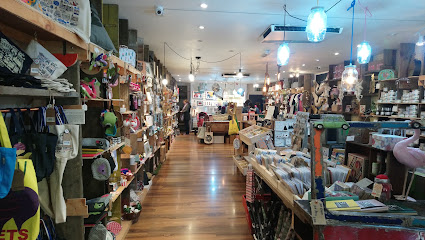
Within Reason
Explore Within Reason in Sheffield for unique gifts, children's books, exquisite jewelry, and charming home décor - a treasure trove for every traveler.
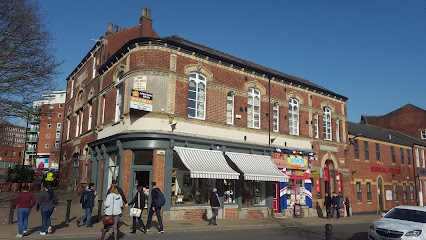
The Works
Explore The Works in Sheffield for an inspiring collection of gifts, arts, crafts, and educational supplies at unbeatable prices.

The Walkley Press
Explore The Walkley Press in Sheffield for unique gifts, handmade crafts, and local art that capture the essence of your visit.
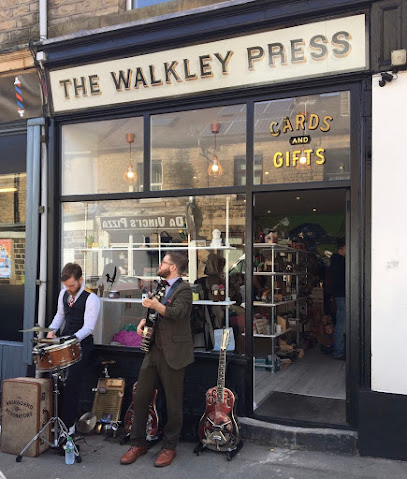
Sheffield Makers
Explore Sheffield Makers for unique gifts and local artistry in a charming setting, perfect for tourists and craft lovers alike.
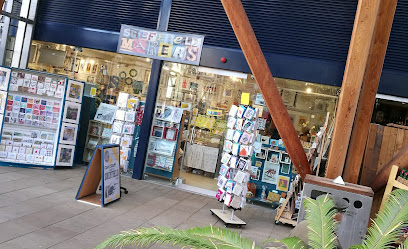
Space 205
Explore Space 205 in Sheffield for delightful chocolates, unique gifts, and local artisanal treasures that capture the spirit of the city.
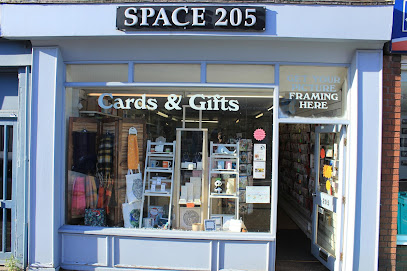
Ringinglow Toys and Gifts
Discover the magic of toys and gifts at Ringinglow Toys and Gifts, nestled in Sheffield's beautiful Botanical Gardens.
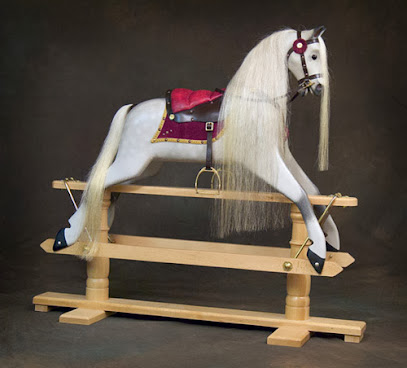
Essential bars & hidden hideouts
The Botanist Sheffield
Discover the lively atmosphere and delicious British cuisine at The Botanist Sheffield, your go-to spot for food, drinks, and live music.

Lost & Found Sheffield
Experience the vibrant atmosphere and eclectic charm of Lost & Found Sheffield, a top destination for drinks and good vibes in the heart of the city.
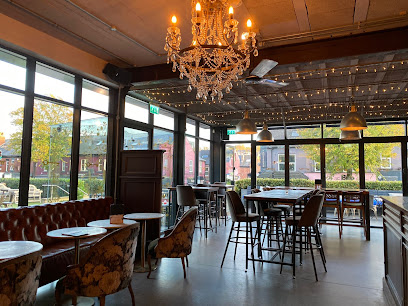
The Nursery Tavern
Discover The Nursery Tavern, a cozy pub in Sheffield offering a wide selection of drinks and delicious meals for an authentic local experience.

The Wick at Both Ends
Discover Sheffield's nightlife at The Wick at Both Ends, a vibrant cocktail bar known for its creative drinks and lively atmosphere in the heart of the city.
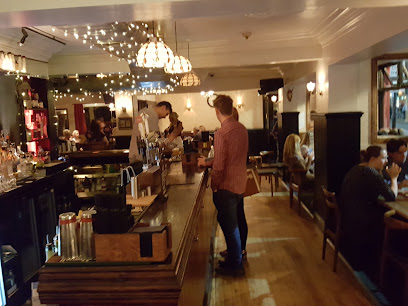
The Dark Horse Bar
Experience the perfect blend of cozy pub vibes and upscale cocktail culture at The Dark Horse Bar in Sheffield.
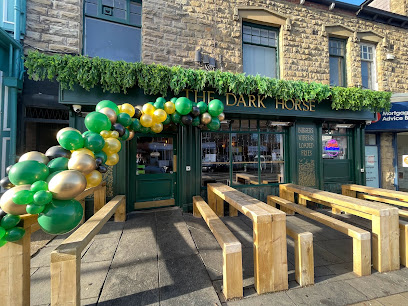
Kettle Black
Experience the vibrant nightlife at Kettle Black, Sheffield's chic cocktail bar offering innovative drinks and a lively ambiance for unforgettable nights.

The Portland House Bar
Discover the heart of Sheffield's pub culture at The Portland House Bar, where local craft beers and hearty meals await in a vibrant setting.
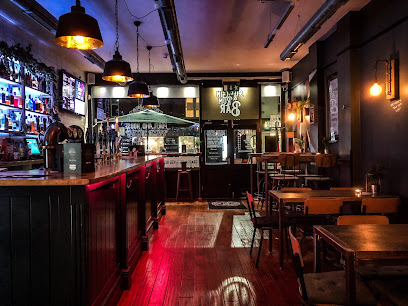
Monk Bar
Experience the vibrant cocktail scene at Monk Bar, Sheffield's favorite destination for expertly crafted drinks and a lively atmosphere.
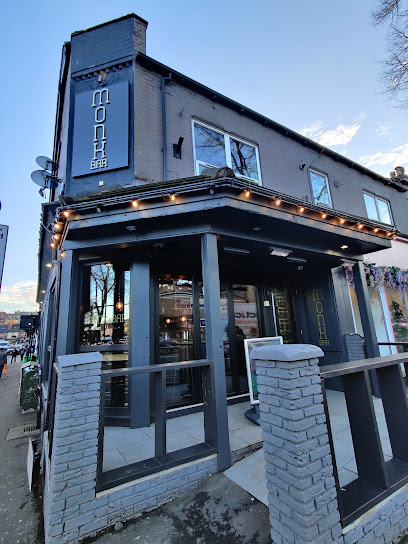
Joni at The Botanical Gardens
Experience exquisite dining surrounded by nature at Joni in The Botanical Gardens, Sheffield - a perfect spot for brunch and lunch.
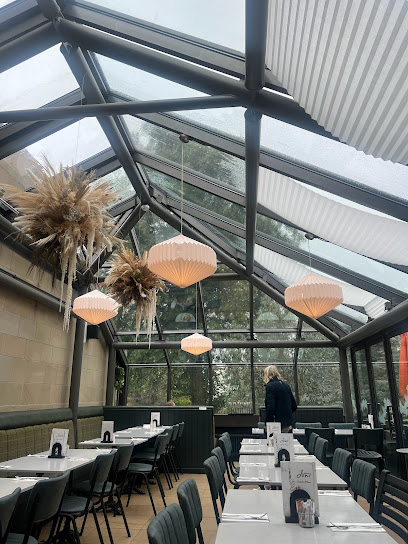
Bar Lujo - Sheffield
Discover the vibrant nightlife at Bar Lujo in Sheffield, where stylish decor meets a lively atmosphere and an extensive drink menu.
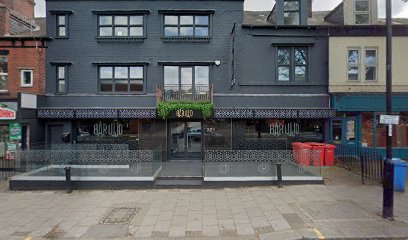
Local Phrases
-
- HelloHello
[heh-loh] - GoodbyeGoodbye
[guhd-bye] - YesYes
[yehs] - NoNo
[noh] - Please/You're welcomePlease/You're welcome
[pleez/yoor wel-kuhm] - Thank youThank you
[thank yoo] - Excuse me/SorryExcuse me/Sorry
[ik-skyoos mee/sawr-ee] - How are you?How are you?
[hau ahr yoo] - Fine. And you?Fine. And you?
[fain. and yoo?] - Do you speak English?Do you speak English?
[doo yoo speek ing-glish?] - I don't understandI don't understand
[ai dohnt ahn-der-stand]
- HelloHello
-
- I'd like to see the menu, pleaseI'd like to see the menu, please
[ai'd laik tu si dheh myoo-nyoo, pleez] - I don't eat meatI don't eat meat
[ai dohnt eet meet] - Cheers!Cheers!
[cheerz!] - I would like to pay, pleaseI would like to pay, please
[ai wood laik tu pei, pleez]
- I'd like to see the menu, pleaseI'd like to see the menu, please
-
- Help!Help!
[help!] - Go away!Go away!
[goh uh-wey!] - Call the Police!Call the Police!
[kawl dhe puh-lees!] - Call a doctor!Call a doctor!
[kawl uh dok-ter!] - I'm lostI'm lost
[aim lost] - I'm illI'm ill
[aim il]
- Help!Help!
-
- I'd like to buy...I'd like to buy...
[ai'd laik tu bai...] - I'm just lookingI'm just looking
[aim jehst look-ing] - How much is it?How much is it?
[hau mach iz it?] - That's too expensiveThat's too expensive
[dhatz too ik-spensiv] - Can you lower the price?Can you lower the price?
[kan yoo loh-er dheh prais?]
- I'd like to buy...I'd like to buy...
-
- What time is it?What time is it?
[wut taim iz it?] - It's one o'clockIt's one o'clock
[its wuhn oh-klok] - Half past (10)Half past (10)
[haf past (ten)] - MorningMorning
[mawr-ning] - AfternoonAfternoon
[af-ter-noon] - EveningEvening
[eev-ning] - YesterdayYesterday
[yess-ter-day] - TodayToday
[tuh-day] - TomorrowTomorrow
[tuh-more-oh] - 11
[wuhn] - 22
[too] - 33
[three] - 44
[for] - 55
[five] - 66
[siks] - 77
[sev-en] - 88
[eyt] - 99
[nain] - 1010
[ten]
- What time is it?What time is it?
-
- Where's a/the...?Where's a/the...?
[wehrz uh/dhe...] - What's the address?What's the address?
[wuts dhe uh-dres?] - Can you show me (on the map)?Can you show me (on the map)?
[kan yoo sho mi (on dhe map)?] - When's the next (bus)?When's the next (bus)?
[wenz dhe nekst (bus)?] - A ticket (to ....)A ticket (to ....)
[uh tik-et (tu ....)]
- Where's a/the...?Where's a/the...?
History of Botanical Gardens
-
The Botanical Gardens in Sheffield were officially opened in 1836 and were designed by the renowned landscape architect Robert Marnock. This 19-acre site was established to provide a public space for leisure and education, reflecting the Victorian era's fascination with botany and horticulture. The gardens were part of a broader movement in the 19th century to create green spaces in urban settings, promoting public health and well-being.
-
The Botanical Gardens feature several notable structures, including the stunning glass and iron Victorian conservatory, which was completed in 1845. This architectural gem houses a diverse array of plant species and is a testament to the craftsmanship of the era. The conservatory is one of the few remaining examples of its kind in the UK and is a focal point of the gardens.
-
Throughout the 19th and 20th centuries, the Botanical Gardens served as an important educational resource. They were utilized by local schools and universities for botanical studies, fostering an appreciation for plant diversity among students. The gardens also hosted various plant exhibitions and events, contributing to Sheffield's reputation as a center of botanical research.
-
During both World Wars, the Botanical Gardens were affected by the societal changes and resource shortages that gripped the nation. The gardens were maintained by volunteers, and many of the plants were cultivated to support local food production. This period highlighted the resilience of the community and the gardens' role as a sanctuary during turbulent times.
-
In the late 20th century, the Botanical Gardens underwent significant restoration efforts to preserve their historical features and enhance accessibility. A major restoration project was completed in the early 2000s, funded by local authorities and heritage organizations. This revitalization has ensured that the gardens remain a beloved destination for both locals and tourists, celebrating Sheffield's rich botanical heritage.
Botanical Gardens Essentials
-
The Botanical Gardens in Sheffield are easily accessible from various neighborhoods. If you are coming from the city center, you can take the tram (Blue route) from Cathedral tram stop towards Malin Bridge and get off at the Botanical Gardens stop. Buses also operate frequently; routes 75 and 76 from the city center will get you close. For those arriving by train, the nearest train station is Sheffield Station, from where you can take a taxi or bus to the gardens.
-
The Botanical Gardens are pedestrian-friendly, and walking is the best way to explore the area. For those who prefer cycling, there are bike racks available at the entrance. Public transport is also convenient; buses and trams frequently run throughout Sheffield. If you wish to explore further afield, consider hiring a bike from one of the local rental shops or using a local bike-sharing service.
-
Sheffield is generally safe for tourists, including the Botanical Gardens. However, it is advisable to remain vigilant, especially in busier areas and at night. Some neighborhoods on the outskirts of the city have higher crime rates; it is best to avoid areas such as the lower end of London Road after dark. Always keep an eye on your belongings and avoid displaying valuables.
-
In case of an emergency, dial 999 for police, fire, or medical assistance. The nearest hospital is the Northern General Hospital, which is well-equipped to handle emergencies. It is advisable to have travel insurance that covers medical expenses. For non-urgent health needs, local pharmacies can provide over-the-counter medications and advice.
-
Fashion: Do wear comfortable clothing and shoes suitable for walking, especially if you plan to explore the gardens. Don't wear overly formal attire, as the atmosphere is casual. Religion: Do respect the local customs and any events taking place in the area. Public Transport: Do give up your seat for elderly passengers and families with children. Don't eat or drink on public transportation. Greetings: Do greet locals with a friendly smile and 'hello.' Don't be overly formal; a casual approach is appreciated. Eating & Drinking: Do try local cafes near the gardens. Don't bring outside food into the gardens, as picnicking is not allowed.
-
To experience the Botanical Gardens like a local, consider visiting during the weekdays when fewer people are around. Engage with the gardeners or volunteers; they often have interesting stories and insights about the flora. Don't miss the seasonal flower displays, and if you're visiting in spring, the cherry blossoms are a must-see. Enjoy a coffee at the café within the gardens for a peaceful break.
Nearby Cities to Botanical Gardens
-
Things To Do in Leeds
-
Things To Do in Manchester
-
Things To Do in Nottingham
-
Things To Do in York
-
Things To Do in Chester
-
Things To Do in Liverpool
-
Things To Do in Birmingham
-
Things To Do in Stratford-upon-Avon
-
Things To Do in Durham
-
Things To Do in Cambridge
-
Things To Do in Newcastle upon Tyne
-
Things To Do in Oxford
-
Things To Do in Laxey
-
Things To Do in Onchan
-
Things To Do in Douglas

